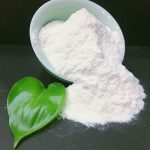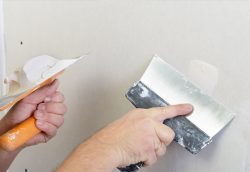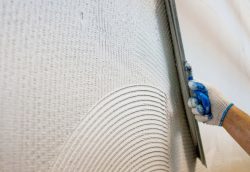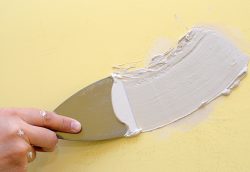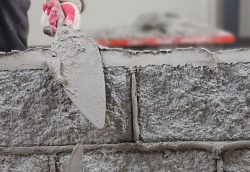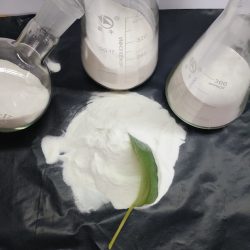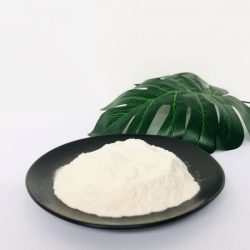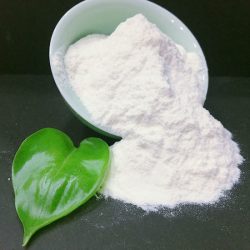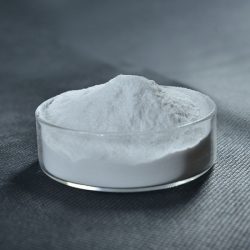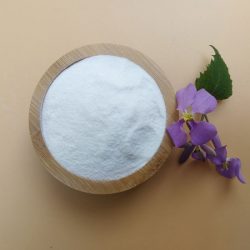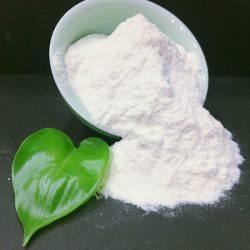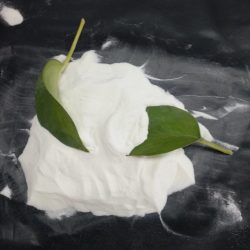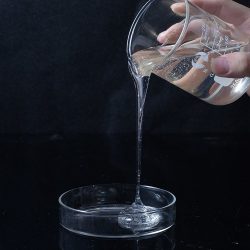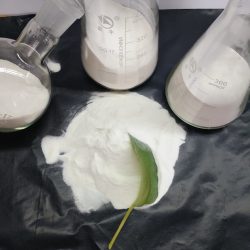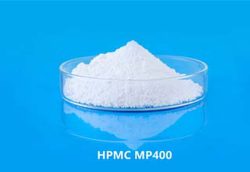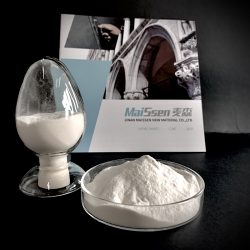Construction Garde HPMC Tile Adhesive
Construction Garde HPMC Tile Adhesive
Construction-grade Hydroxypropyl Methylcellulose (HPMC) is commonly used as an essential component in tile adhesives. Tile adhesives are specialized bonding materials used for installing tiles onto various substrates, such as floors, walls, and countertops. HPMC offers several advantages in tile adhesive formulations, contributing to their performance and durability. Let’s explore the key features and benefits of construction-grade HPMC in tile adhesives:
Improved Bonding Strength: HPMC enhances the adhesive properties of tile adhesives, ensuring strong and long-lasting bonding between tiles and substrates. It forms a thin film on the surface of the tile and the substrate, promoting excellent adhesion and minimizing the risk of tile detachment over time. This results in reliable and secure tile installations.
Workability and Easy Application: HPMC acts as a rheology modifier, providing tile adhesives with improved workability. It imparts a smooth and creamy consistency to the adhesive mixture, making it easier to spread and apply onto the substrate. The enhanced workability allows for efficient coverage and proper tile alignment during installation.
Reduced Slipping and Sagging: Tile adhesives containing HPMC exhibit reduced slipping and sagging tendencies, particularly in vertical applications. The additive imparts thixotropic properties to the adhesive, increasing its viscosity and preventing excessive flow or deformation. This feature ensures that the tiles remain in place during the curing process, even on walls or overhead surfaces.
Water Retention: HPMC is hydrophilic, meaning it has a high affinity for water. It helps to retain water within the tile adhesive, enabling better hydration of cementitious components. This improved water retention ensures proper curing and development of strength, resulting in a reliable bond between the tiles and the substrate.
Enhanced Crack Resistance: HPMC contributes to the crack resistance of tile adhesive formulations. By improving the water retention and workability of the adhesive, it helps to minimize the occurrence of shrinkage cracks. This is especially important when tiling over substrates prone to movement or expansion, as it helps to maintain the integrity and appearance of the tile installation.
Compatibility with Various Tiles and Substrates: Construction-grade HPMC is compatible with a wide range of tile types, including ceramic, porcelain, natural stone, and glass tiles. It also exhibits good compatibility with different substrates, such as concrete, cement backer boards, gypsum boards, and plywood. This versatility allows for the use of HPMC-based tile adhesives in various construction applications.
By incorporating construction-gradeHPMC cellulose etherinto tile adhesive formulations, construction professionals can achieve reliable, durable, and visually appealing tile installations. The use of HPMC ensures strong bonding, improved workability, reduced slipping and sagging, enhanced crack resistance, and compatibility with different tile and substrate materials. These features contribute to the overall quality and longevity of tiled surfaces in residential, commercial, and industrial settings.
Main Category
Popular Articles
- why add hpmc to Dry Mix Mortar?
- Hydroxypropyl Methylcellulose HPMC Manufacturer for Concrete
- HPMC – Hydroxypropyl methyl cellulose
- Hydroxypropyl Methhyl Cellulose HPMC
- HPMC in Construction Materials
- Application of HPMC in building materials
- Hydroxypropyl methylcellulose
- HPMC for EIFS mortar
Tags










